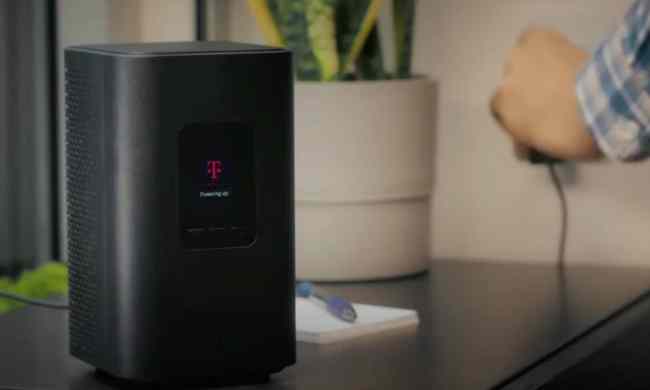Verizon’s 5G Home Internet service is being taken to the next level by expanding it to an additional 10 cities. Some of the new cities will get the service starting on March 18, while others will get it on March 25. Verizon promises typical download speeds of around 300Mbps, which is quite a bit more than many are likely getting on their wired internet service currently.
On March 18, the service will roll out to Cleveland, Las Vegas, San Diego; Louisville, Kentucky; and Omaha, Nebraska. On March 25, it will come to parts of Cincinnati, Salt Lake City; Charlotte, North Carolina; Hartford, Connecticut; and Kansas City, Missouri.
Verizon has been very selective about where it rolls out its home 5G service, likely to ensure that customers get fast download speeds. The service was first launched in 2018, and essentially involves getting a so-called “Internet Gateway” that connects to the local 5G network and turns that connectivity into Wi-Fi for your home devices. Verizon says customers could get speeds of up to 1Gbps, which is equivalent to fiber internet services that are available in some areas. Most areas will get speeds far slower than that though, at least for now.
Eventually, it’s said that 5G home internet could replace cable internet altogether, considering its fast speeds and low latency. It may be a while before that happens, though, considering how early 5G carriers are in their rollout of their
That’s on track to change with the launch of midband and high-band networks. Here’s a quick explainer: 5G is used across a range of radio frequencies, with the lower frequencies supporting the nationwide networks that are currently available. These frequencies are able to travel distances and through obstacles, but not able to deliver ultra-high speeds. Basically, the higher the frequency, the higher the download speeds — but the shorter the distance those frequencies are able to travel. Carriers are set to continue to roll out higher-frequency mmWave networks in populated cities around the country.
Verizon isn’t the only carrier to be rolling out a 5G home internet service. T-Mobile is piloting one, while AT&T is expected to announce its own in the near future.


